Monitoring a Starlink Dish with Zabbix
Curious about keeping tabs on your Starlink internet performance? Whether you're off-grid or just love tracking your network performance, this post has you covered!

Aleksandrs Petrovs-Gavrilovs
Zabbix Certified Expert & Trainer
Latest articles
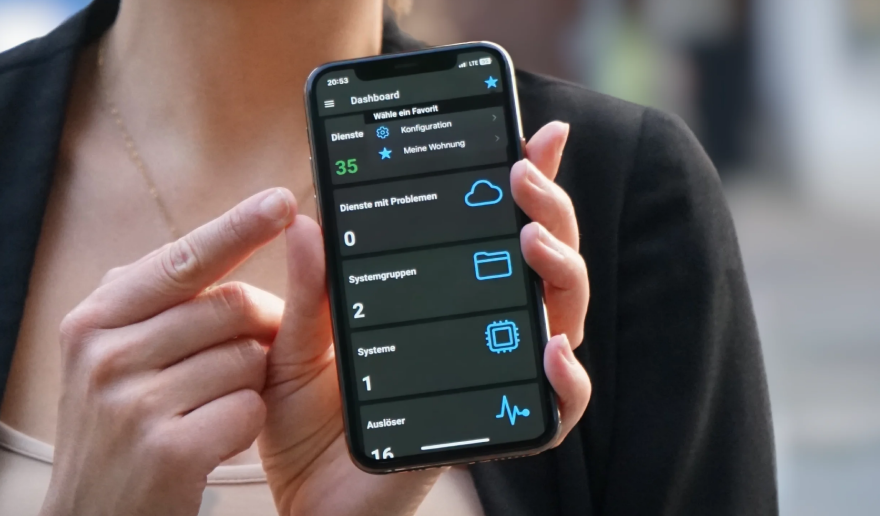
Put Zabbix at your Fingertips with the IntelliTrend Mobile App

December 16, 2025
Integrations
The official Zabbix frontend works great on desktop, but it isn’t built for mobile. Monitoring doesn’t end when you step away from your workstation, and a reliable Zabbix mobile app keeps you connected to your Zabbix environment, gives you instant notifications, and allows you to react to problems or just check your host configuration at […]

Wolfgang Alper
CEO, IntelliTrend IT-Services GmbH
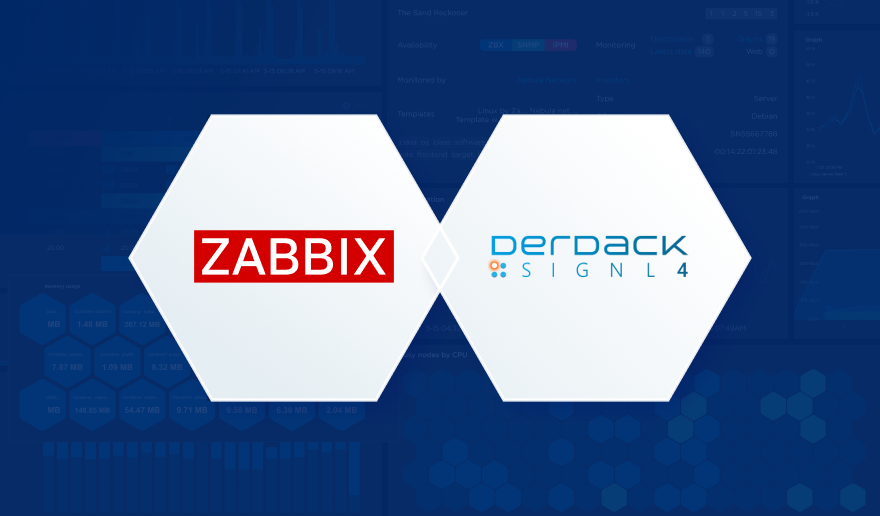
24/7 Alerting and Two-Way Integration with Zabbix and SIGNL4

December 9, 2025
Handy Tips
It’s a familiar story for many IT operations teams: a critical server went down overnight, but the alert was buried in someone’s inbox. By the time anyone noticed, valuable time was lost, SLAs were breached, and the team spent the next morning explaining why an email hadn’t been seen. Email (or even SMS text) alone […]

Ronald Czachara
Co-founder at Derdack GmbH / Exploration at SIGNL4

Zabbix at the Zhongnan University of Economics and Law

August 14, 2025
Case Study
Zhongnan University of Economics and Law (ZUEL), located in Wuhan City, Hubei Province, China, is a key university with two campuses – Nanhu and Shouyi. The school boasts over 20,000 full-time undergraduate students, more than 8,800 graduate students, and over 2,500 faculty and staff members. ZUEL enjoys an outstanding reputation in the fields of law […]

Michael Kammer
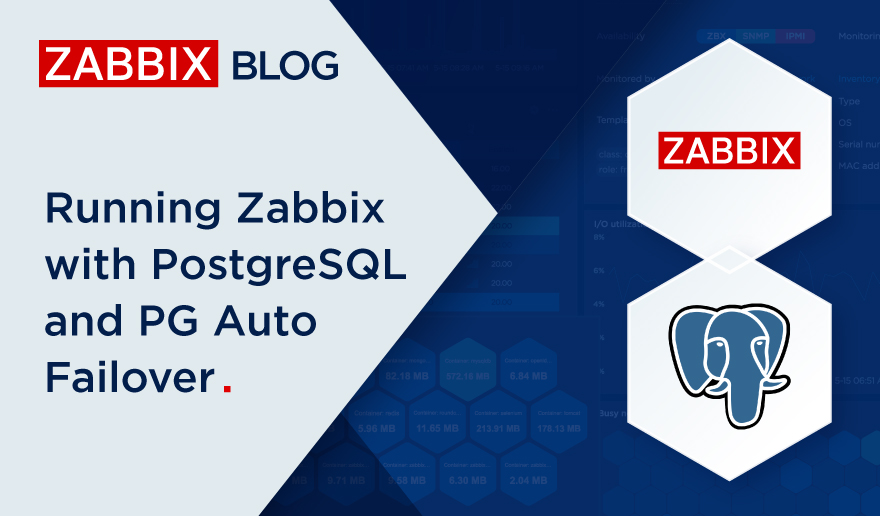
Running Zabbix with PostgreSQL and PG Auto Failover

August 12, 2025
Handy Tips
Running a monitoring platform like Zabbix in a production environment requires bulletproof availability at the database layer. Any downtime in PostgreSQL, even for seconds, can disrupt monitoring visibility, triggering blind spots in alerts and data collection.

Patrik Uytterhoeven
Open-source consultant and
Zabbix trainer at OICTS

When Generative AI Meets Zabbix

August 7, 2025
How To
Zabbix has been the backbone of my infrastructure for over ten years, a journey I’ve been on from version 3.2 to 7.4. It’s a robust and reliable tool. However, in the age of intelligent assistants, I posed a question to myself: Why can’t I interact with my monitoring system as naturally as I talk with […]

Cesar Caceres
With a strong track record in monitoring and optimization systems, I currently serve as a Senior Monitoring Specialist at Banco Nacional de Crédito (Venezuela), focusing on the implementation and improvement of Zabbix solutions. My experience spans from technical administration to strategic consulting, providing not only technical support but also proactive guidance for the security and efficiency of IT infrastructures.
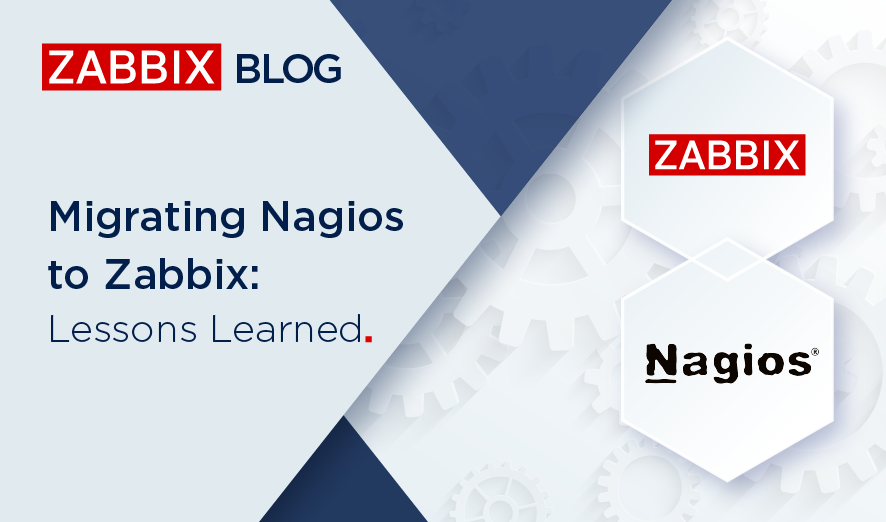
Migrating Nagios to Zabbix: Lessons Learned

August 5, 2025
Community
Recently, a new customer of ours at Opensource ICT Solutions asked whether we could migrate their Nagios instance to Zabbix. Because Nagios and Zabbix are very different in their storage methods, we told them that we would have to investigate and see if we could come up with a viable solution. It wasn’t long until […]

Nathan Liefting
IT consultant & Zabbix Trainer at Opensource ICT Solutions

Reducing Alert Fatigue with Zabbix and China Pacific Insurance

July 31, 2025
Case Study
Headquartered in Shanghai, the China Pacific Insurance (Group) Co., Ltd. (CPI) is a Chinese insurance company that was established on the basis of the former China Pacific Insurance Corporation. CPI Group is the second largest property insurance company and the third largest life insurance company in Mainland China. It provides integrated insurance services (including life […]

Michael Kammer
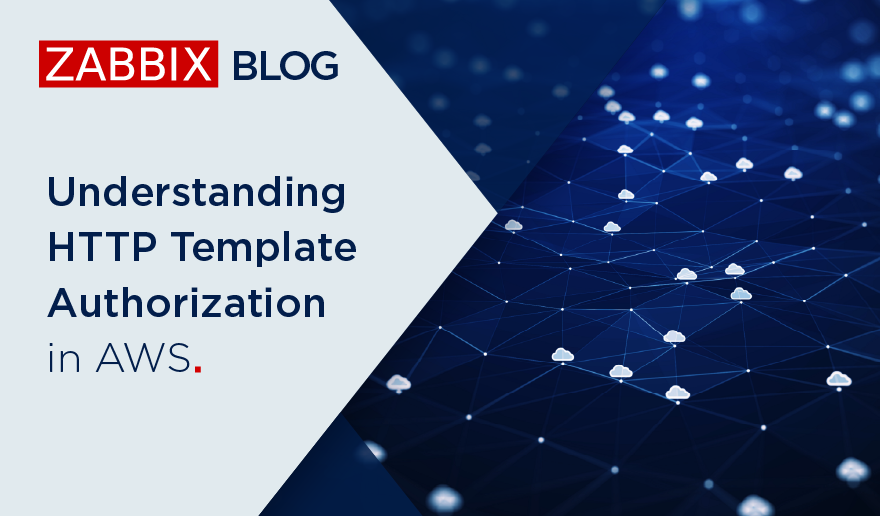
Understanding HTTP Template Authorization in AWS

July 29, 2025
How To
Authorization in Amazon Web Services (AWS) determines what actions a user, service, or system can perform on resources. It answers the question: “Does this identity have permission to do this action on that resource?”

Evgenii Gordymov
Integration Engineer at Zabbix









